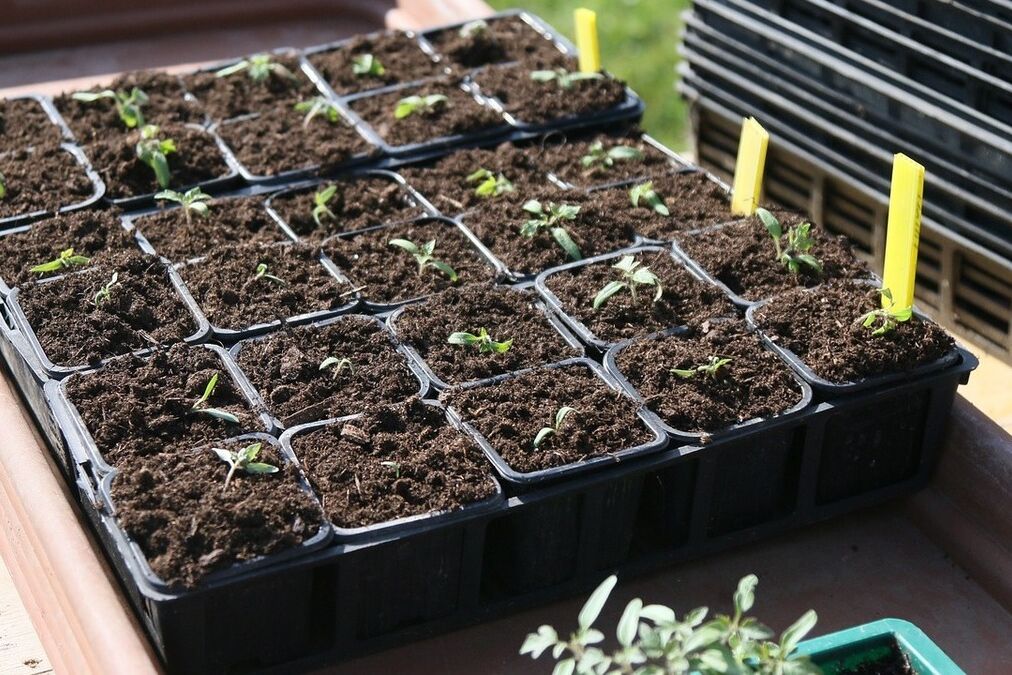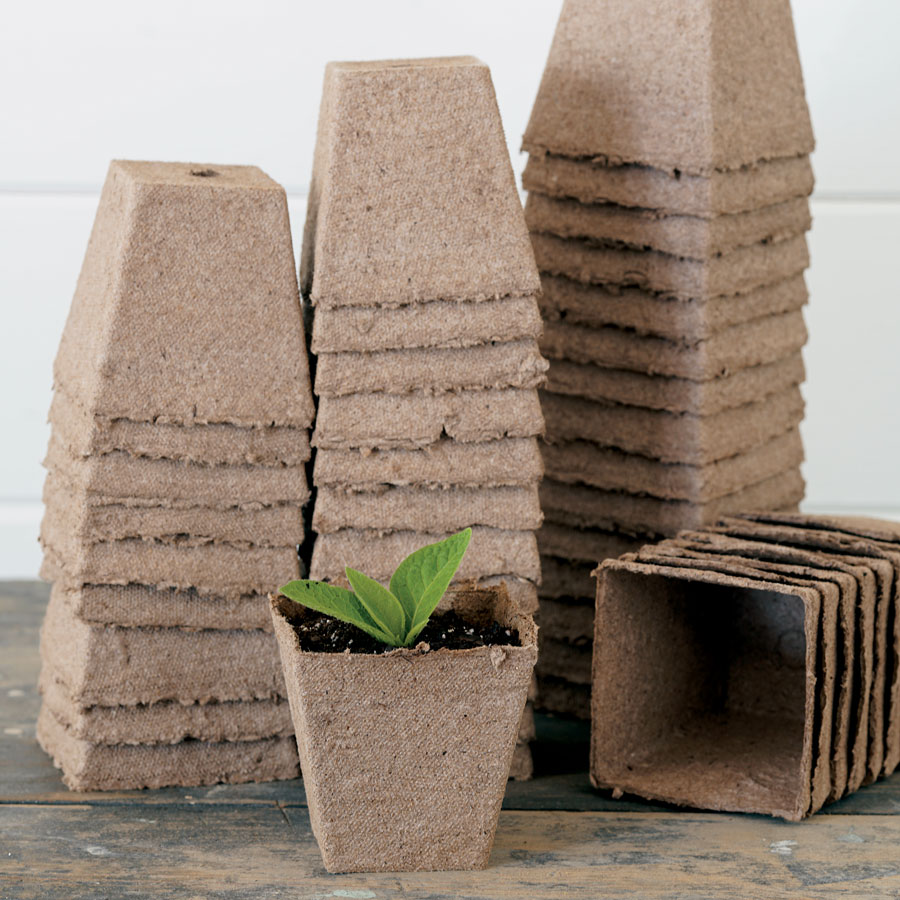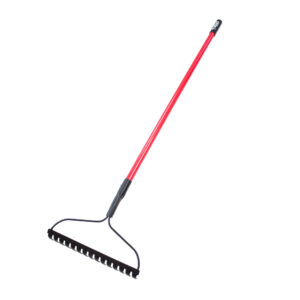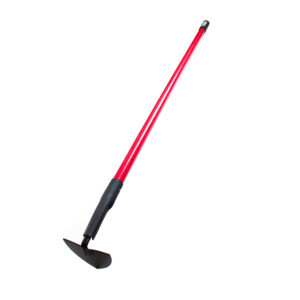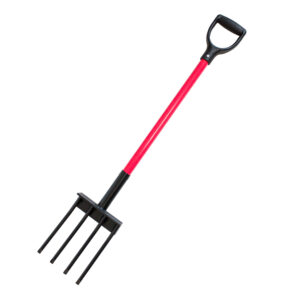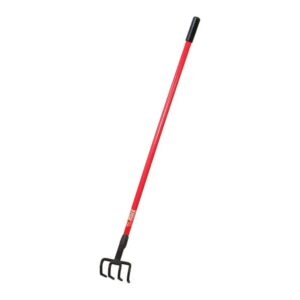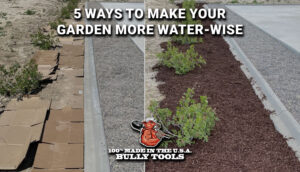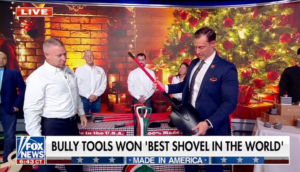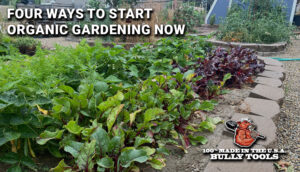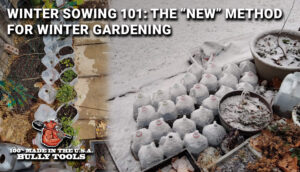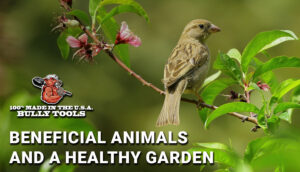Your Guide to Late-Season Planting
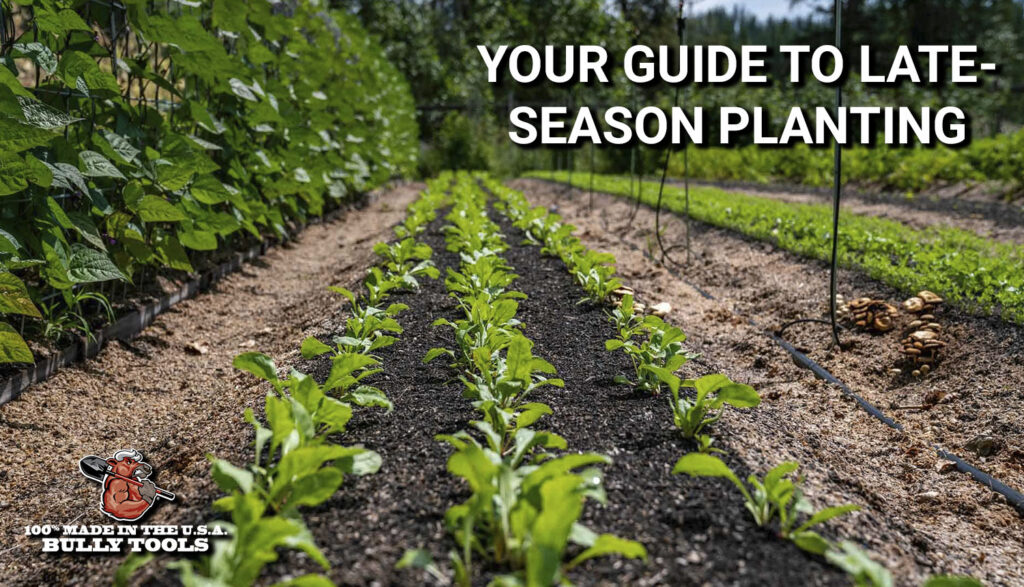
Just because life has started to return to normal, it doesn’t mean that this summer was much less chaotic than last. If you missed the opportunity to plant a summer garden, you still have the chance the harvest in the fall! Late-summer and fall plants are just as colorful and easy to maintain as summer flora are, and the list of vegetables that you can harvest is extensive.
GROWING IN AUGUST
Whether you’re dropping your first seeds of the year or are looking to extend the duration of this summer’s garden plot, you need to start by knowing your region’s hardiness zone. All plants have unique needs including but certainly not limited to the temperature, ideal soil type, and amount of sunlight and water they require to bloom to their fullest potential.
Not all plants can tolerate all climates. The top way to ensure that a plant thrives in your backyard is by ensuring that it matches your regional hardiness zone. The United States Department of Agriculture (USDA) has long published their Hardiness Zone Map which divides the U.S. into 13 zones based on the regions’ minimum average annual temperatures. Websites like gardenia.net can help you find your home’s specific hardiness zone based on the zip code you live in. Each zone number represents a span of 10 degrees Fahrenheit, from a range of -60 degrees F to 70 degrees F. These zones are further classified into ‘a’ and ‘b’ distinctions – which represent a span of 5 degrees Fahrenheit – with ‘a’ sections being colder than ‘b’ sections. The lower the hardiness zone number, the more likely it is that your region receives frost in the winter.
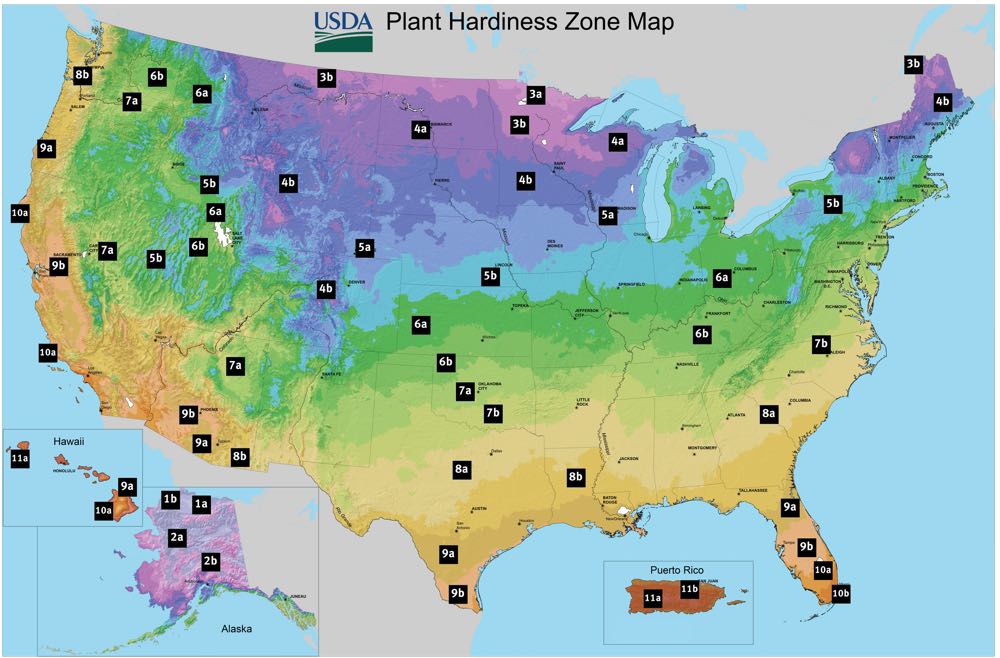
To go along with this, agricultural scientists have categorized crops into two categories: warm-season and cool-season. As the names suggest, warm-season crops grow better when grown to maturity in the summer warmth. Cool-season vegetables are crops that should be planted later in the summer so that they reach maturity when temperatures become cooler in the fall.
For example, our manufacturing plant is in Wintersville, OH. Wintersville is in hardiness zone 6a which also extends to include most of Ohio, Northern West Virginia, and Southwestern Pennsylvania, as well as parts of Indiana, Illinois, Missouri, and Kansas. Zone 6 of the hardiness map includes subsects ‘a’ and ‘b’, and zone 6b includes even more areas. The states included in zone 6 are (parts of) Alaska, Arizona, Arkansas, California, Colorado, Connecticut, District of Columbia, Georgia, Idaho, Illinois, Indiana, Iowa, Kansas, Kentucky, Maine, Maryland, Massachusetts, Michigan, Missouri, Montana, Nevada, New Hampshire, New Jersey, New Mexico, New York, North Carolina, Ohio, Oklahoma, Oregon, Pennsylvania, Rhode Island, Tennessee, Texas, Utah, Virginia, Washington, West Virginia, and Wyoming. It is safe to assume that in zone 6, the first serious frost of the year will occur between October 17th and October 31st. As anyone who lives in these states knows, frost dates are determined by no one but Mother Nature, so projected frost dates should only be used as a guide while the cold weather is still months away. If you’re curious about when your average frost dates are, Morning Chores’s First and Last Frost Dates article allows you to search using your ZIP code, city, or state.
HOW TO PLAN YOUR LATE-SUMMER GARDEN
It doesn’t take a rocket scientist to plant a garden, but it is incredibly important for any beginner gardener to take the time to learn about and understand the growing process.
No matter what you’re growing, chances are it will start out as a seed or starter plant. You can purchase seed packets and plantings at a local nursery or home and garden center, but the magic begins as soon as it is placed in the ground. Every plant has its own schedule that it will grow according to, and with the help of water, sunlight, nutrients, and human care, it can grow to maturity and produce fruits or flowers in a few weeks time.
Before you place anything into the ground, make sure to pay attention to how many days/weeks the plants you want to grow will take to reach maturity. Harvest to Table, an online source that provides gardening information, tips, and recipes, has an extensive list of Vegetable Harvest Times that includes over 50 vegetables, legumes, and herbs to plant. Harvest to Table also compiled a list of some Quick-Growing Vegetable Crops.
Time is a garden’s best friend. You obviously can’t rush the growing process – if you try, you’d be better off running to the grocery store for your produce – but if you plant an autumn garden and your town experiences its first major frost before you get in a decent harvest or two, you’ll be frustrated knowing that you planted too late. To avoid this, only plant vegetables that you know will have enough time to mature before the very cold weather begins.
We’ve put together a list of the best late-summer to fall vegetables to grow in a garden. Each of the vegetables listed below has a specific germination timeline and soil condition requirements. Be sure you adjust or amend your soil, only if required.
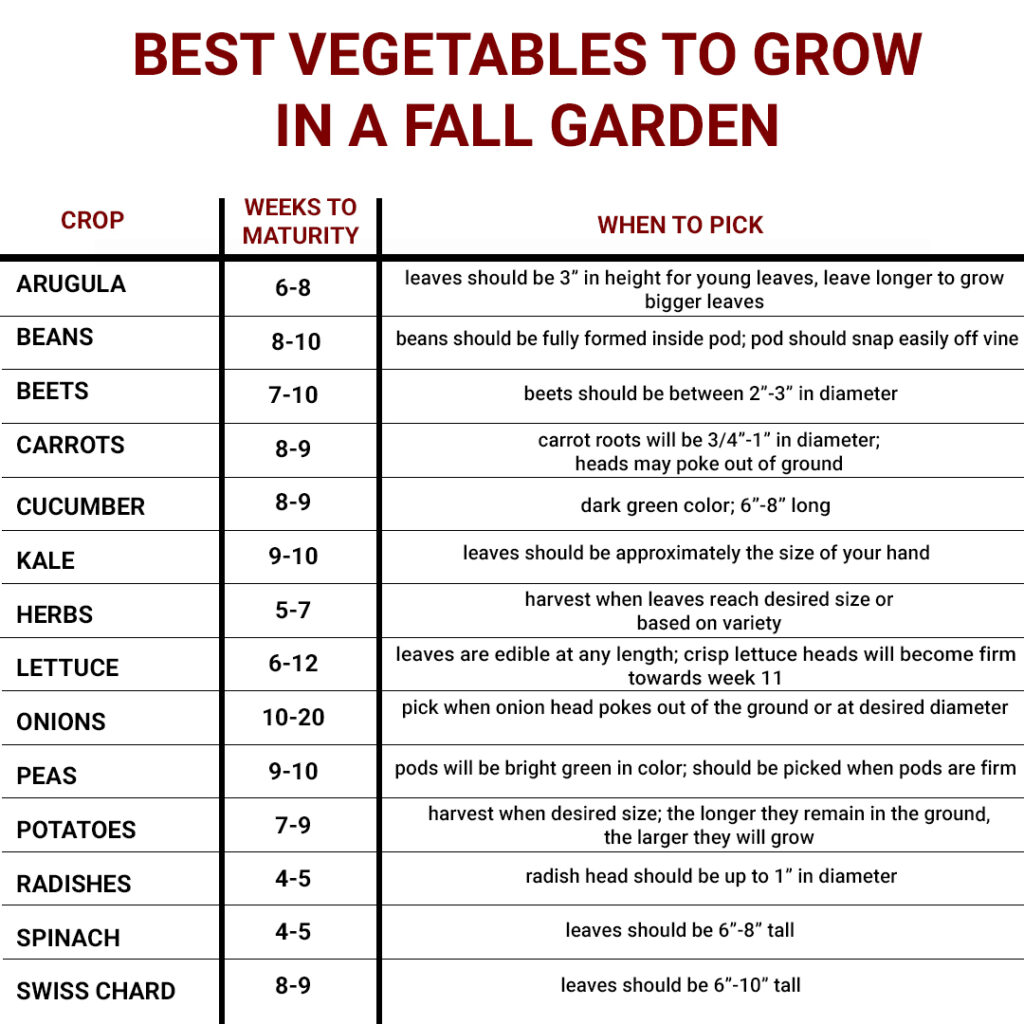
WHEN TO PLANT
If you’re growing your fall vegetable garden from seeds, first start by potting them indoors in small containers with a seed starting mix. You should note that seed-starting mix is different than potting or natural soil because it contains no actual soil, so you can opt to either purchase a mix or create your own. The recipe is simple: one part peat moss (or coconut coir), one part vermiculite, and one part perlite, and all of these items can easily be found at your local garden center. The choice of container is yours: cell flats are popular because they come in a single sheet but have separators that allow you to hold a lot of different young plants. With these and individual plastic pots, you will have to spend an evening transplanting the crops into the ground outside. However, you can purchase containers made of organic material like peat or manure that you can bury directly in the ground. These kinds of pots are particularly helpful when planting vegetables with sensitive root systems like cucumbers and squash because transplantation can damage or rip apart the roots.
Water your seedlings with a spray bottle while they are still in their starter phases until the mix is moist everyday. A spray bottle will keep you from overwatering the young plant, but if you don’t have one and do drown the plant, drain excess water into a tray.
The seeds will take a few weeks to germinate, but when you start to see green buds or a seedling forming, you should start the ‘hardening off’ process. Because the plant was inside and not exposed to direct sunlight, the summer heat, or wind, it will need an adjustment period before it is planted in the ground. This ‘hardening off’ process prepares it for your backyard’s environment, and you can harden off your plants by placing them in a shady spot outside for a few hours a day.
Every day for about two weeks, increase the length of time that they are exposed and begin to move them into direct sunlight. But be careful though – the hardening off process is necessary because if not properly acclimated, the plant’s leaves can dry up and die in the direct sunlight and with the intense heat. After those two weeks, and if your plants seem alright after an entire day outside, it is ready to move them into the ground. If you’re interested in learning more, the University of Minnesota has a very helpful article that covers everything you need to know about starting seeds indoors.
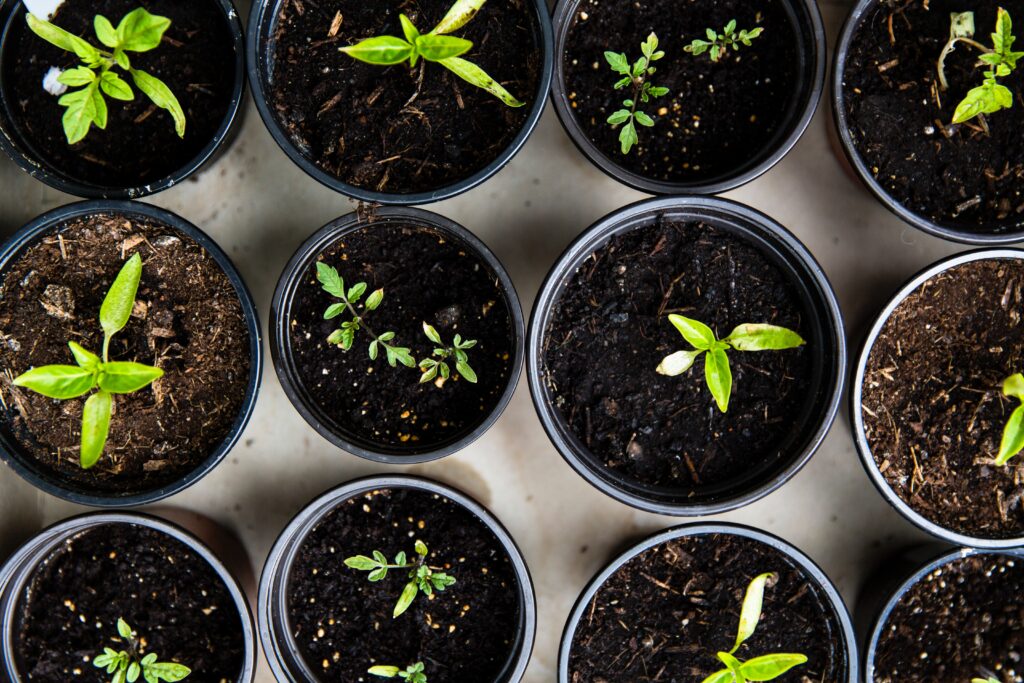
However, if you’re running out of time or don’t want to spend the time growing inside, you can purchase seedlings that will be ready to plant in no time. You should still harden off these plants until you’re ready to place them in the ground and make sure that they receive adequate water while they are in their individual pots, but because you did not grow them from a seed, they are already off to a healthy start.
If you opted for planting seedlings, you can get started on the transplanting process during a cool morning or evening whenever you are ready. Keep in mind that fall vegetables should be planted outside no later than 10 weeks before your first expected frost and understanding your hardiness zone is important for exactly this reason! The information obtained from learning about your hardiness zone will include average and projected first frost dates, and contrary to popular belief, most cool-season vegetables can survive frost and freezing temperatures, but only for a short period of time. So, make sure to accurately plan your desired harvest.
In the days after transplanting, the young plants may appear wilted once they are placed in direct sunlight, but once they are in the ground with the nutrient rich soil, they should recover quickly.
HOW TO EXTEND YOUR SUMMER GARDEN
Maybe – instead of starting a fall garden – you want to extend the life of your summer garden. Thankfully, you’re already off to a great start since you have a prepared garden plot, watering system, and nutrient-packed soil. If any of your buried crops have died or you’re ready for something new, dig it up and use the space to plant one of the cool-season vegetables listed above.
The biggest concern that you will have to overcome with planting into autumn is the change in weather. Obviously, there is very little that you can do to limit the strength of winds or ward off frost, but there are structures that you can build using materials around your home that can help save your plants from fall weather.
If you’re a year-round gardener, you know that wind and frost are not the only things you need to learn to control. In fall, soil temperatures, like the air’s temperature, drops. If your soil isn’t warm enough, it will not provide the plant with the underground conditions that it needs, and your plant will die. Raised bed gardening is a way around that, as the soil in raised beds warms up quicker than ground level soil. Don’t want to build raised beds? Landscape fabric and mulch are two other ways to trap heat in your soil.
Wind exposure can seriously damage plants at any maturity, and when mixed with heavy precipitation, your garden can become a mess. To avoid this, there are plenty of plant-saving structures that you can build yourself:
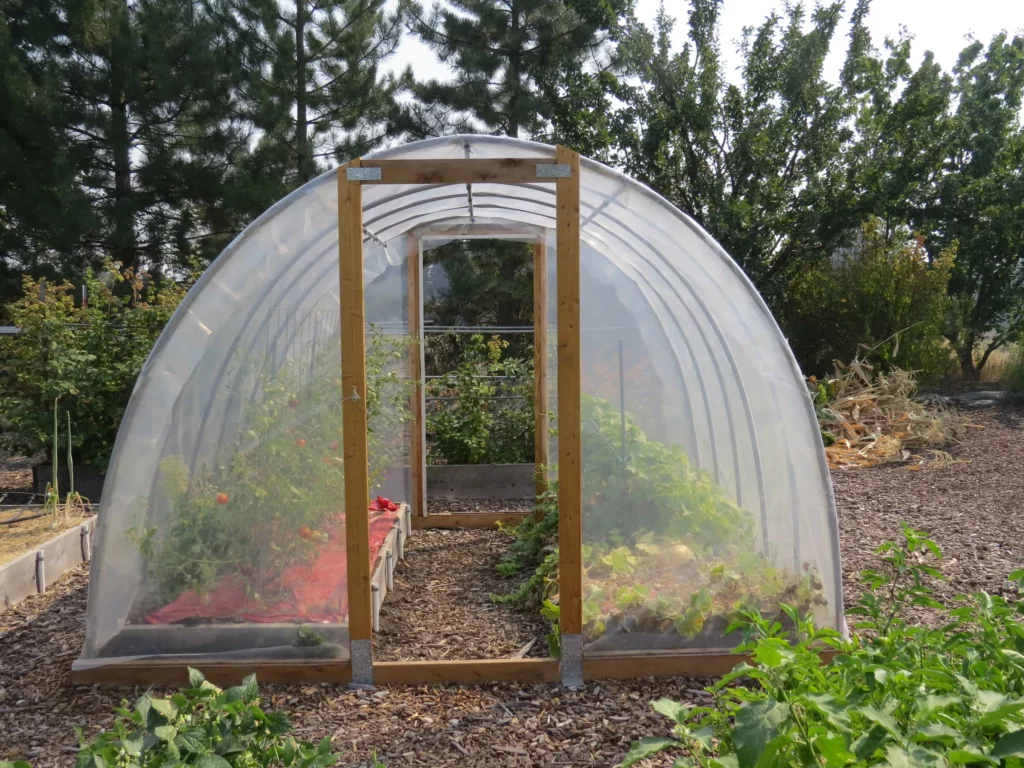
HOOP HOUSES – If you live in a rural area or frequent your local plant nursery, chances are you’ve seen a hoop house. Hoop houses are similar to greenhouses but are lighter and less permanent. These structures have a steel base shaped like a half-moon and are enclosed by a single layer of plastic or poly covering that can be rolled up or removed at any time. Hoop houses require no extra technology or maintenance once installed, and you can grow plants directly into the ground or in raised beds in a hoop house. The poly cover traps and stores heat and prevent wind, precipitation, or animals from getting inside the structure.
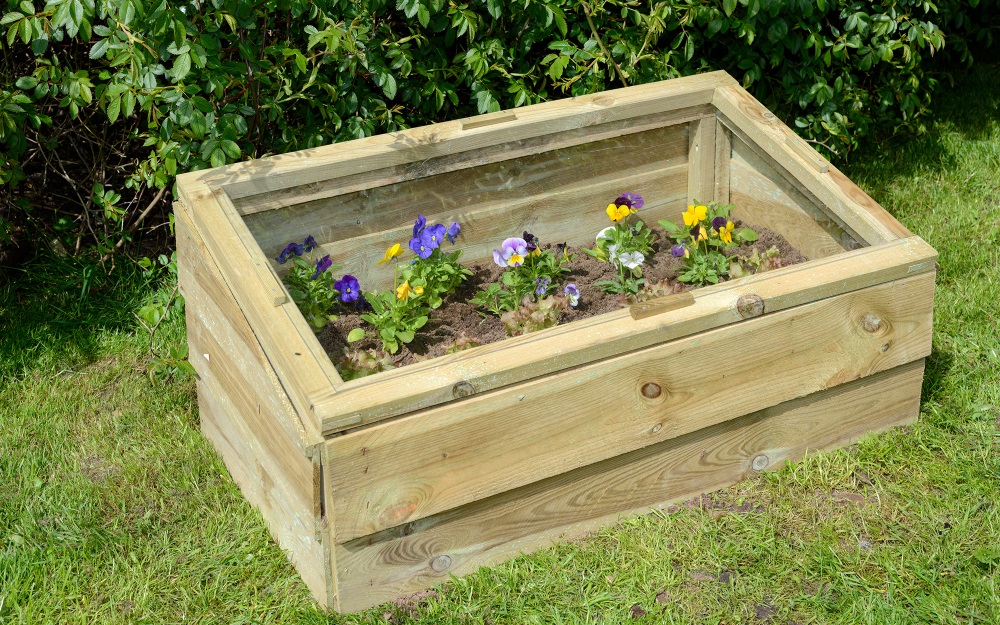
COLD FRAMES – Cold frames are structures that protect plants from cold weather but allow essential sunlight in. They are typically constructed of a light-permeable material like glass or greenhouse plastic and have sides that provide structural support. The top piece should be removable so that you can expose the plants to the natural elements once the temperatures rise again, and the design of a cold frame makes it very mobile so users can move it to different spots on their property.
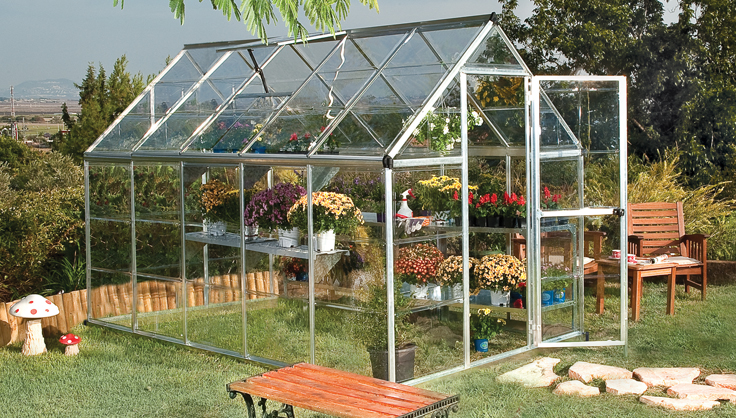
GREENHOUSE – If you’re looking to grow all year round, you should invest in a solid greenhouse. Greenhouses are a more permanent structure to have on your property, but if you are going to take advantage of the space and growing conditions, you can sustain your family and others on fruits and vegetables well into winter. Greenhouses are the most durable type of planting structure and are guaranteed to protect your crops from very hot summers and very cold winters. They also come with environmental controls that can help to asway too much heat, humidity, or light.
FINAL THOUGHTS
Don’t wait any longer to get started on the garden of your dreams. Year-round gardeners swear by their ability to sustain themselves, their families, and anyone else lucky enough to know them with fresh vegetables all year long. Save yourself some money and a trip to the grocery store for produce by planning out your garden today. And as far as any lawn and garden tools needed to get the job done – look no further than our selection at 100% Made in the USA Bully Tools. We build high-quality hand tools that work harder so you don’t have to.


